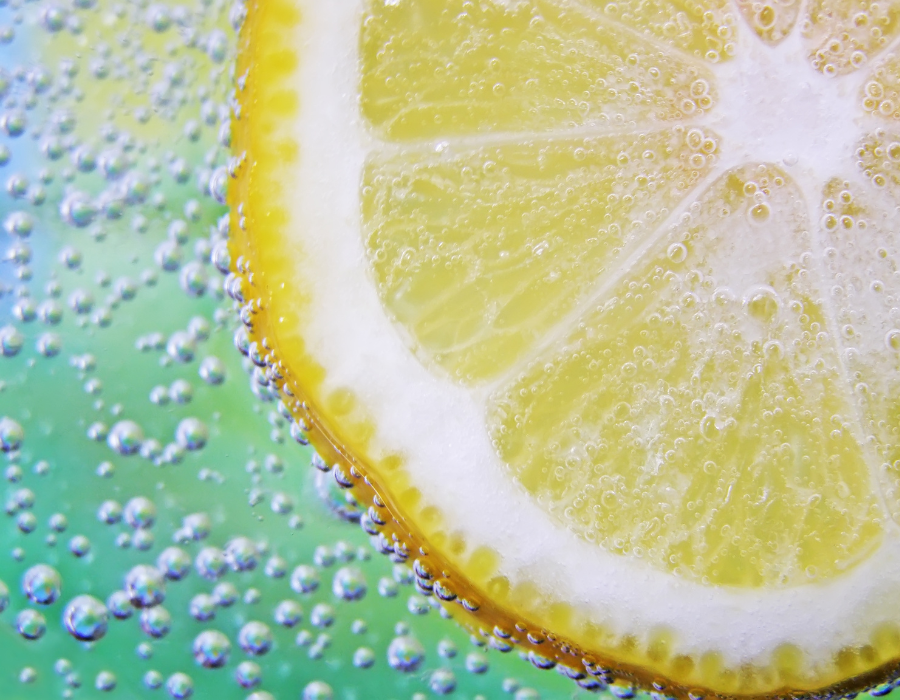
Unbubbling the Truth: The Hidden Packaging Impact of Sparkling Water
Share
In today's world, where environmental consciousness is on the rise, it's crucial to consider the footprint of the products we consume. While sparkling water has gained immense popularity as a refreshing and healthier alternative to sugary sodas, have you ever paused to think about the environmental impact of all those bubbles? In this blog post, we'll delve into the packaging impact of sparkling water and explore how our seemingly innocent fizzy drinks contribute to a less-than-sparkling planet.
The Allure of Bubbly Beverages
There's no denying the allure of sparkling water. The crisp effervescence, a dash of natural flavors, and a refreshing zing make it an enticing choice. In fact, its popularity has skyrocketed in recent years as consumers seek healthier alternatives to traditional sugary sodas. However, the packaging that comes with these delightful bubbles often goes unnoticed, and its environmental implications are far from refreshing.
Unmasking the Packaging
It's easy to overlook the packaging when all you see is a slim, sleek can or a stylish glass bottle. But consider this: every sparkling water product you enjoy comes wrapped in layers of packaging. Let's break it down:
-
Primary Packaging: This is the can, bottle, or container that holds the sparkling water itself. While aluminum cans are recyclable, the energy required to produce and recycle them still leaves an environmental impact. Glass bottles, although endlessly recyclable, are heavier and require more energy for production and transportation.
-
Outer Packaging: Often, sparkling water is sold in packs—cardboard boxes, plastic wraps, or plastic rings that hold multiple cans or bottles together for convenience. These materials can take centuries to degrade in the environment, and they contribute to our growing plastic pollution problem.
-
Individual Wrappings: Some premium sparkling water brands use individual shrink wraps or sleeves on their cans or bottles to enhance branding. These decorative wrappings are often non-recyclable and add to the waste stream.
Environmental Impact
The environmental impact of sparkling water's packaging goes beyond just the materials used. The entire lifecycle, from production to disposal, contributes to greenhouse gas emissions, energy consumption, and waste accumulation. Here's how:
-
Production: Manufacturing aluminum cans and glass bottles requires significant energy and resources, contributing to carbon emissions and depleting natural resources.
-
Transportation: The weight and bulkiness of canned or bottled beverages result in higher transportation emissions, especially if they're imported or transported over long distances.
-
Waste Generation: Despite recycling efforts, a significant percentage of cans and bottles end up in landfills or the environment, taking decades or even centuries to decompose.
Sustainable Choices
Fortunately, there are ways to enjoy the effervescence of sparkling water while minimizing its environmental impact:
-
Opt for Refillable Containers: Look for local refill stations that offer sparkling water in bulk. Bring your own reusable bottle or container to reduce single-use packaging.
-
Choose Brands Committed to Sustainability: Some brands prioritize eco-friendly packaging and production methods. Support them to encourage more sustainable practices.
-
Recycle Properly: If you do consume packaged sparkling water, make sure to recycle cans and bottles properly. Educate yourself about recycling guidelines in your area.
Conclusion
The allure of sparkling water should not blind us to the environmental consequences of its packaging. By being aware of the hidden impact and making conscious choices, we can enjoy our fizzy beverages without contributing to the ever-growing packaging problem. As consumers, we hold the power to drive change through our purchasing decisions, and by advocating for more sustainable practices within the beverage industry, we can help create a sparkling future for our planet.
1 comment
there is no proven data to the above . global
warming is just a money hype to
make more for those susceptible to deception . Hid uphold everything by the word of His Power and while the earth remains seed time
e and harvest summer and winter
not your minuscule amount of co2 in sparkling water